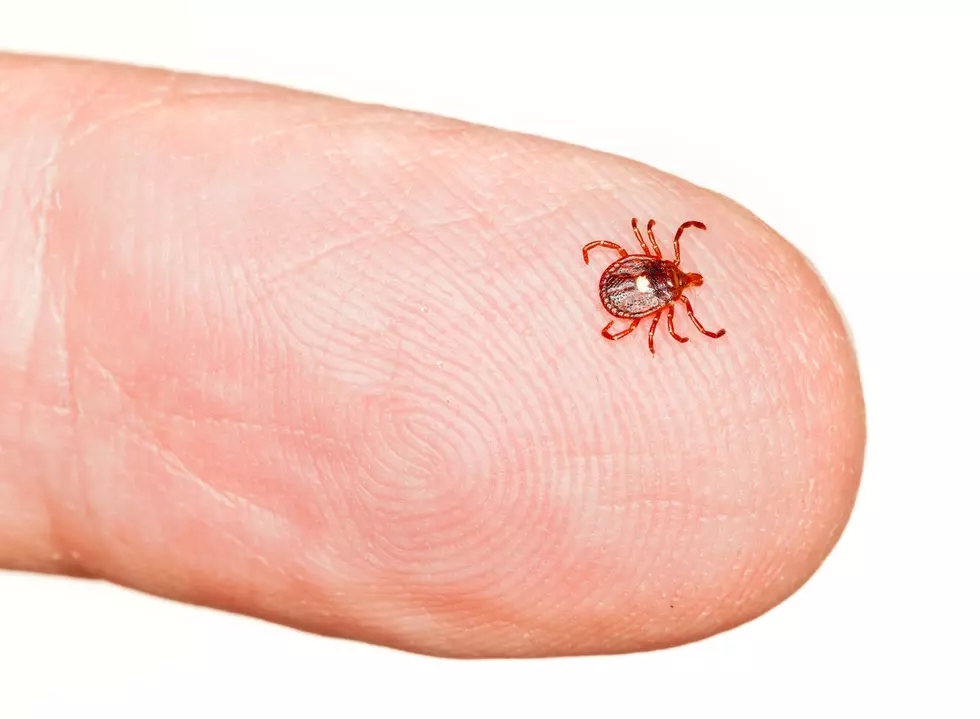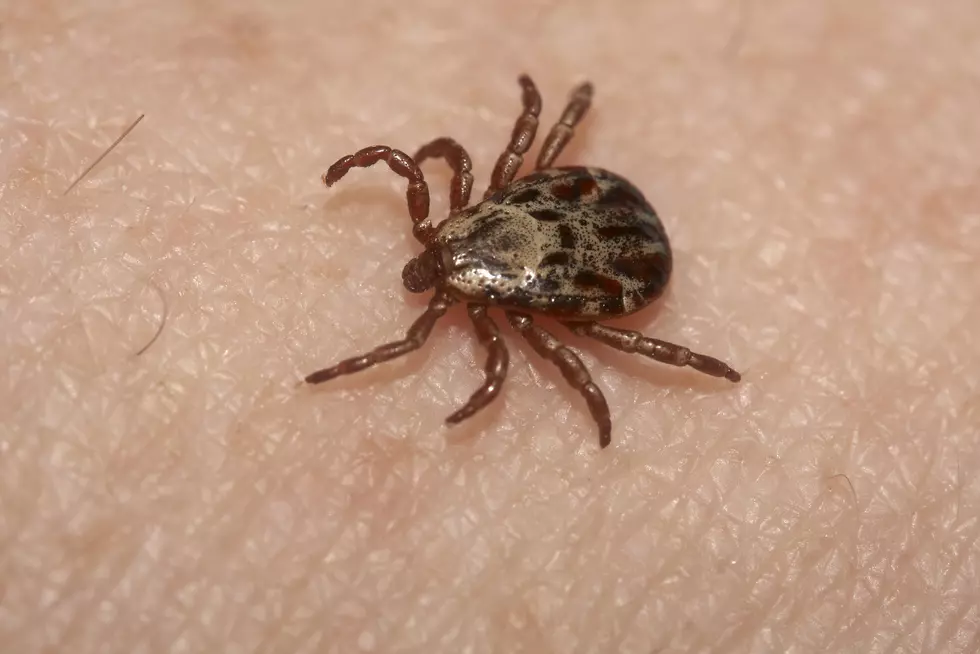
TICKS Are Everywhere
The coronavirus has had our total focus for months now, but don’t forget about that other health risk for humans and our pets…the dreaded tick!
Just this week a family member mentioned that she had to pull three ticks off of Tommy, her beloved Westy.
Even though Tommy is current on all of his tick and heart worm protection three potentially deadly ticks had to be removed from one afternoon of hanging in the back yard.
Ticks put all of us and our 4-legged friends at high risk of Lyme disease that is estimated to affect 300-thousand people in the U.S. a year. Blood test for the disease are often negative in the early stages. It is believed that a tick needs to be attached of at least 36-hours before bacteria can spread.
Most people affected will start with a rash leading to a fever, headache, and a major lack of energy. Untreated Lyme disease can lead to joint pain, inability to move one or both sides of your face, severe headaches, stiffness, lack of energy, and heart palpitations. Some symptoms can last 6-months or more.
Antibiotics are often used to fight Lyme disease such as doxycycline, amoxicillin, and cefuroxtine.
The warring signs you should be aware of in your pets include; a loss of appetite, fever, lack of energy, stiffness, discomfort, pain, or the swelling of joints. Like with humans, antibiotics are often used in as a treatment for dogs and cats.
To protect yourself from ticks wear light colored protective clothing...tuck your pant leg into your socks...use a repellent with DEET, permethrin, or picaridin...and avoid tall grass and fields. To protect your pet a flea and tick treatment program is suggested. Consult with your vet for the best treatment option.
For additional information on the tick population in Massachusetts click here mass.gov.
KEEP READING: See 25 natural ways to boost your immune system
More From WBEC AM









